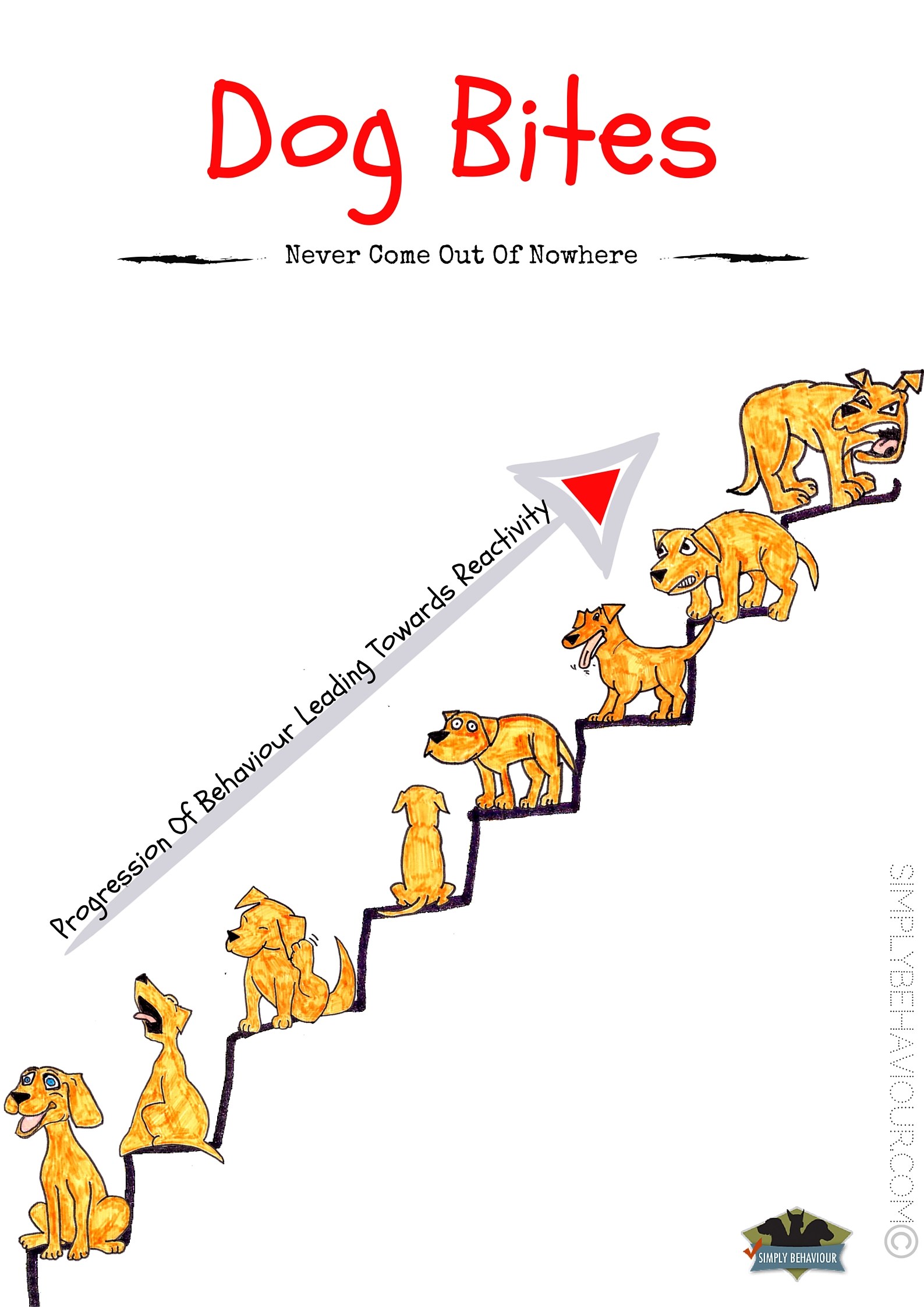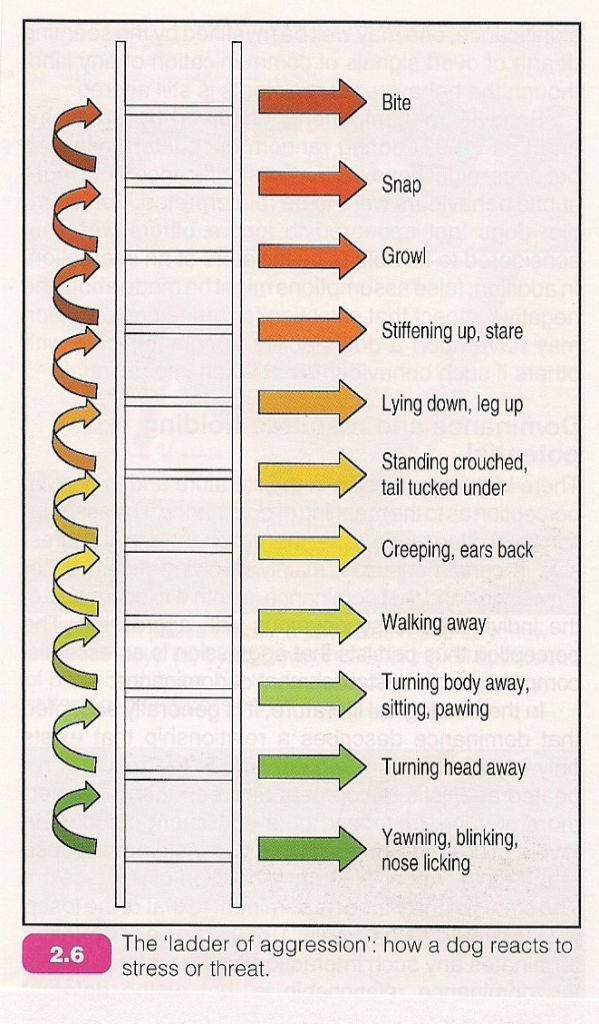Bits About Dog BItes

Children are more likely to be bitten by a dog than adults and many bites will be to the face.
Dog bites are one of the top three reasons a child will need to visit an emergency room.
Dog bites are one of the most common reasons a child will need some form of cosmetic reconstruction to repair damage.
Any dog is capable of biting - regardless of breed or cross: there is no 100% safe dog. Some breeders or rescues will use things like “will tolerate anything”, “Nanny Dog”, “This breed/cross is perfect”, “All he needs is love”, “It is all in how you raise them,” in order to place dogs. Do not fall for these lines. Do your homework, learn about body language and positively-based training methods.
More children will be bitten by dogs known to them (in the child's house or owned by a friend or relative) than dogs unknown to them.
Dogs that are poorly or improperly bred, improperly socialized, trained with harsh methods, poorly managed and/or who are expected to tolerate ANYTHING a child can do are a greater bite risk.
Many things people are allowed to do to dogs increase the risks of a bite occurring.
Many bites are preventable through education of child, parent and dog owner.
Adults who do not behave properly around dogs are at a greater risk of being bitten. Assuming all dogs love you and ignoring owner requests to walk away from a dog is not safe.
There will be warning before a bite!
Unless we teach a dog through our actions that giving warning is bad and the dog must go to the bite with little warning, dogs will let us know when they are stressed. When we ignore the early signs, dogs will escalate.
Growling and other signals are important. Punishing dogs for warning us increases the chance they will stop signaling and go to the bite faster. Plus it damages the trust they have in us. The following graphics will help you understand the progression to a bite.
Here is a version of what is often called the Ladder of Aggression. This is from Simply Behaviour - through which I have obtained much of my continuing education.

Here is another created for distribution through clinics. Original source is unknown at this point.

Click here to learn more about body language.
The Safe Kids/Safe Dogs Project